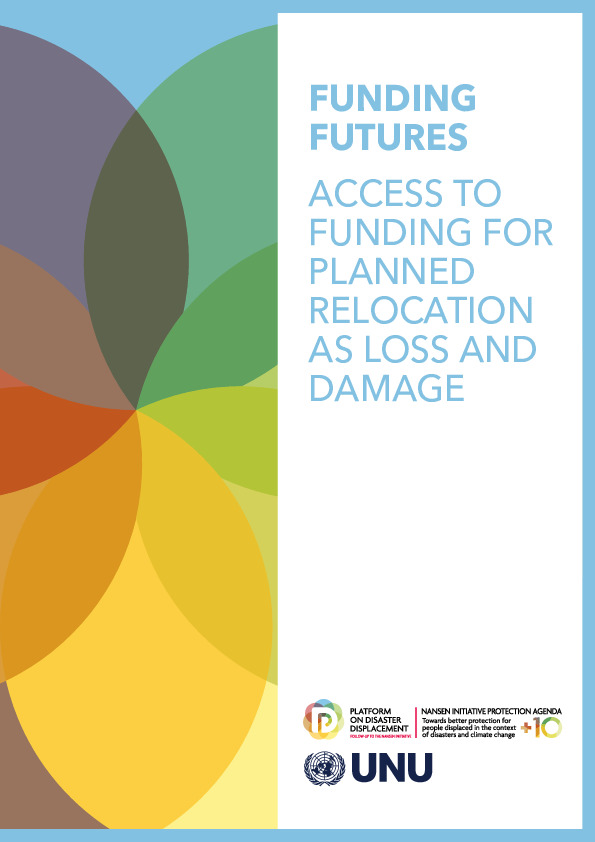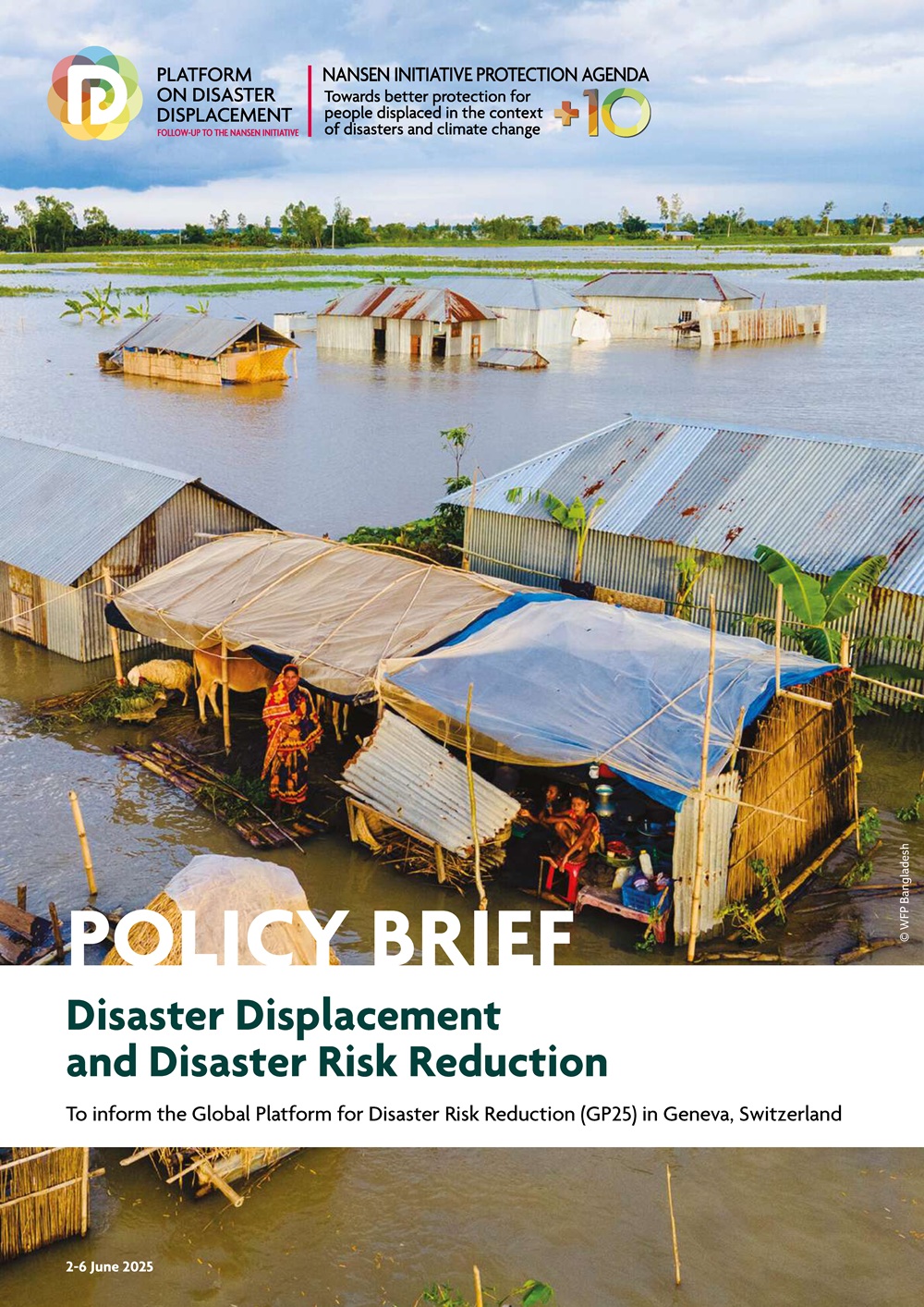UNHCR, the Environment & Climate Change
UNHCR
Of some 51.2 million ‘persons of concern’ to UNHCR (refugees, asylum-seekers, returnees, internally displaced and stateless persons), the vast majority are concentrated in ‘climate change hotspots’ around the world. Beginning in the 1990s, UNHCR became increasingly aware of the environmental challenges associated with hosting a large population in a small area. Competition over scarce natural resources, such as firewood, water and grazing land, generated animosity and occasionally sparked friction or conflict between refugees and host communities. In the ensuing decades, UNHCR has set in place programmes and initiatives aimed at improving sustainable environmental management in order to reduce environmental degradation and enhance the resources available to refugees and internally displaced persons (IDPs) as well as host communities.




